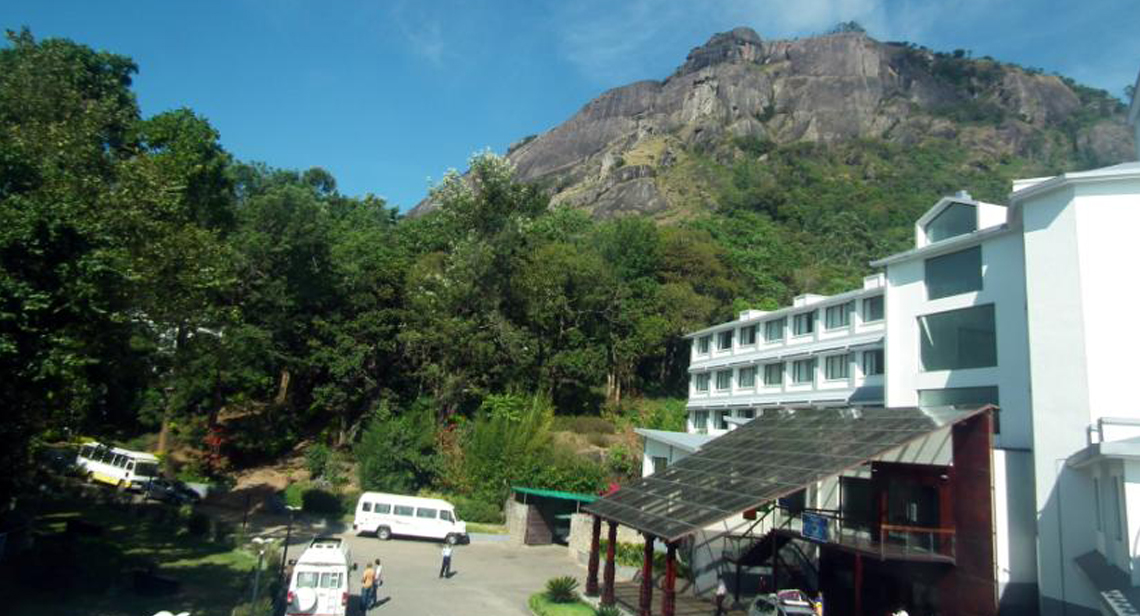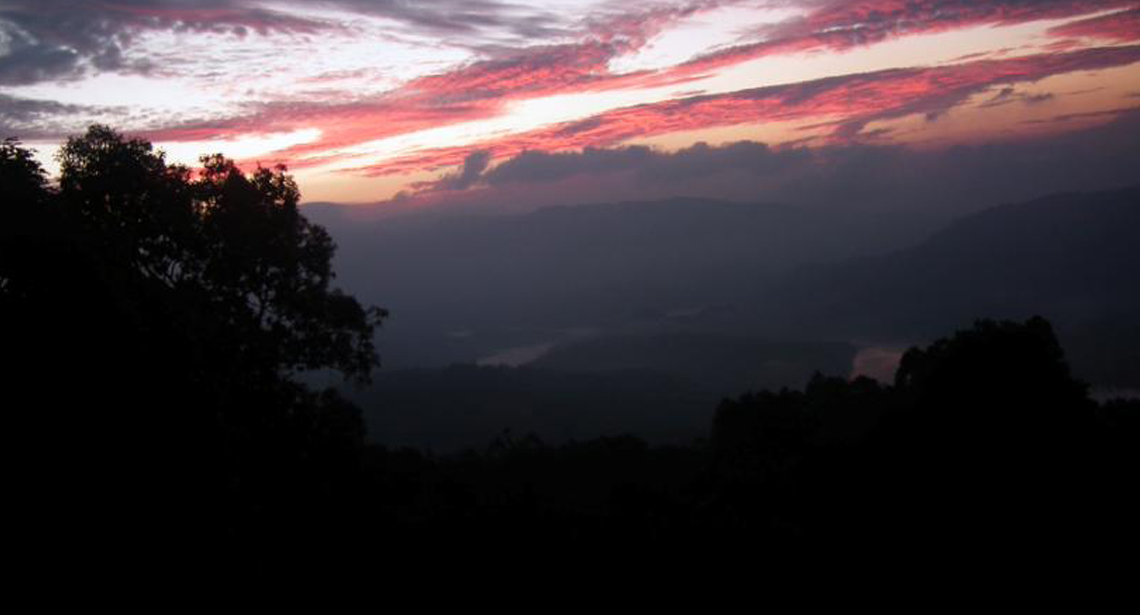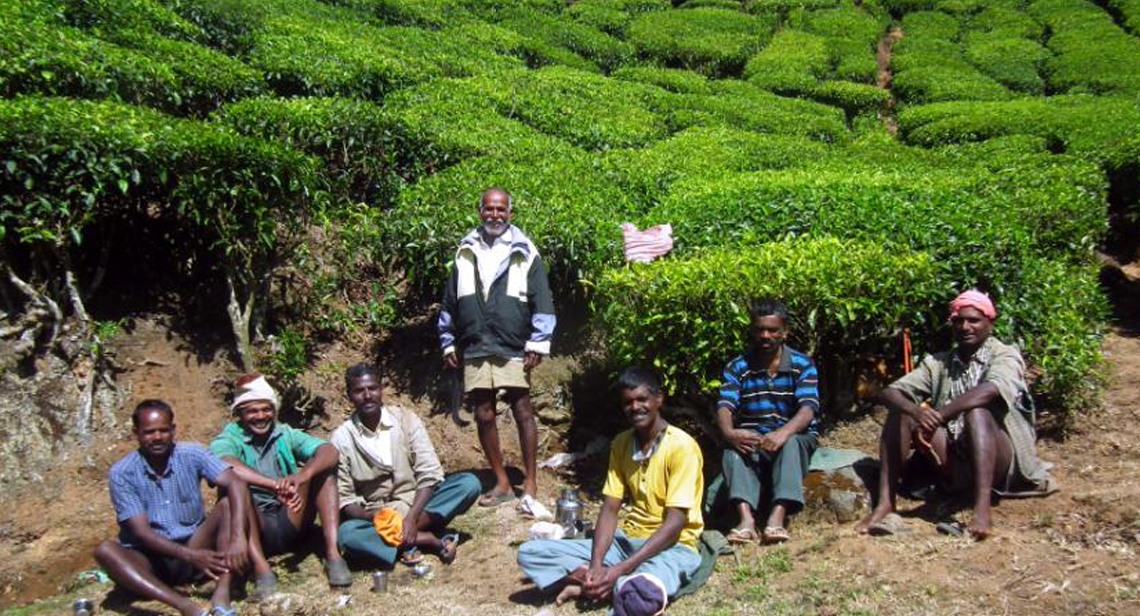Munnar Diaries Part 1 – A portfolio of Munnar
In the first part of this five-part exclusive travelogue, avid traveller Shireen Bharucha takes us along on her quest to unravel the mystical beauty of Munnar. Read more to know about her discoveries and adventures in this quaint tourist destination.
We arrive at our destination, tired, at night after a day long journey. The king-size bed in our room beckons. We fall asleep as soon as we snuggle in it! What is more delightful than being woken up by an avian operetta? The numerous and talented divas sing melodious arias. They do not come out to take a bow and as their stage is hidden by lush foliage, I am unable to see these little ‘stars’!
We are pleasantly surprised to find that the resort we are staying at, Munnar – Terrace Greens, in the quiet village of Chinnakanal – 18 kilometers from Munnar town, overlooks tea gardens, a dense forest bordering the Anayirankal (ana meaning elephant and rankal meaning coming down – elephant coming down to drink water) Dam encircled by the hills of the Anamalai Mountain Range. The sun rises behind the mountains bathing the horizon in bands of pink, orange and gold, the myraid colours reflected in the sparkling water of the dam. By seven a.m. the sun shines brightly, gently evaporating the glistening dew.


Munnar (‘munn’ means three and ‘aar’ means river in Malayalam) which is situated at the confluence of three mountain streams – the Mudrapuzha, Nallathanni and Kundala, situated at an altitude of 6000 ft above sea level, was discovered by the British Resident of the Travancore kingdom, John Daniel Munro, when he visited the place in the 1870s to settle a border dispute between the kingdom of Travancore and the then state of Madras.
Munro was awe-struck by the impressive ranges of the Western Ghats, dense forests, gurgling brooks, and during the monsoons, thunderous cascades. More recently, director Ang Lee was besotted similarly, when he shot part of the movie, Life of Pi, in Munnar. Though most of the film was shot in his native Taiwan, Lee admitted that no other setting could replicate the quaintness of Puducherry where Pi was raised or the stunning landscapes of Munnar, where Pi holidayed. Tea, coffee, spice and fruit plantations abound. Munnar boasts of South India’s highest peak, the Anamudi, which rises over 2695 m. Munnar’s many sobriquets are – Kashmir of South India, Switzerland of the East and Little England.
Munro, a keen agriculturist, realized that the Kanan Devan Hills were ideal for growing crops. He met the head of the royal family of Poonjar, who leased out the Kanan Devan Hills to him in 1877. In 1879 Munro formed the North Travancore Land Planting & Agricultural Society and the hill slopes were soon covered by coffee, cardamom, cinchona and sisal plantations, with member A.W. Turnor being the first cultivator. The first tea planter, A.H. Sharp, planted tea in 50 acres of land in 1880, which now forms part of the Sevenmallay Estate.
The original inhabitants of Munnar are members of the Muthuvan (also known as Muduvan) tribal community. When the British pioneers made their advent into their unexplored territory, the Muthuvans fled at the sight of this strange ‘white’ apparition! It wasn’t long before the passion for hunting established a strong bond between the whites and the tribals. For the Brits, shikar was an adrenaline rush, for the Muthuvans killing small game for food was a matter of survival. The Muthuvans were skilled trackers. No Britisher ventured on a hunt without his trusted Muthuvan guide.

Muthuvan Workers
Tea cultivation being labour intensive, the Muthuvans were employed by the British to work on their tea gardens. Credit goes to these tribals who were instrumental in opening up the flourishing tea estates of today. As a tribute to these workers, more than 12,000 employees of the Kanan Devan Hills Plantations Company Private Limited (KDHP) have been made shareholders.
Surrounded, as we are, by tea gardens, it is only natural that our curiosity is piqued, making a visit to one of these is an absolute ‘must see’.
In the second part of this series read about Shireen Barucha’s visit to Kolukkumalai – the world’s highest organic tea estate – by clicking here.
Quick Links
Part 1 – A portfolio of Munnar
Part 2 – Kolukkumalai : The world’s highest organic tea plantation
Part 3 – Kerala’s oldest martial art: Kalaripayattu
Part 4 – Munnar – discovering history
Part 5 – Here, there and everywhere
The views expressed by the author are in her personal capacity.


